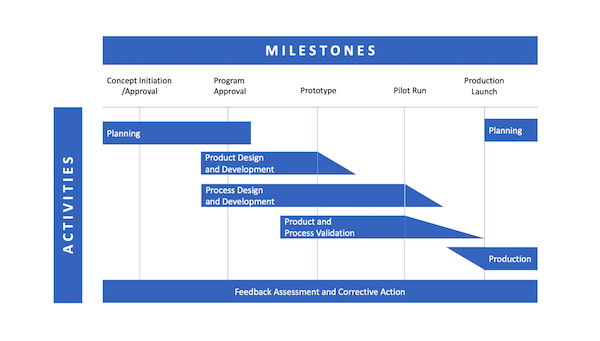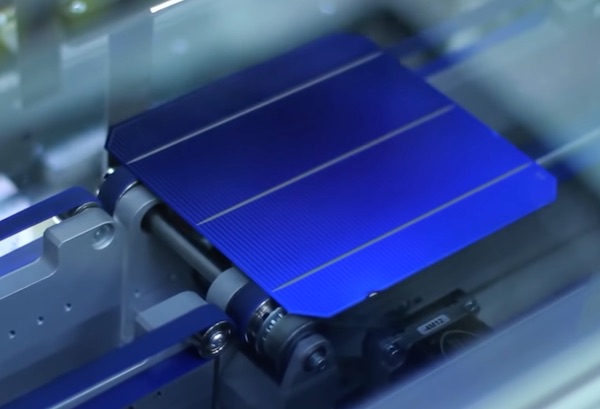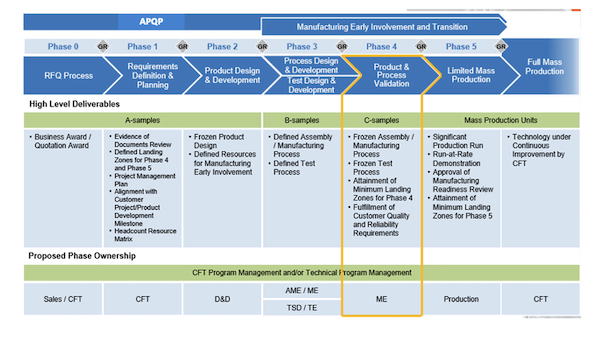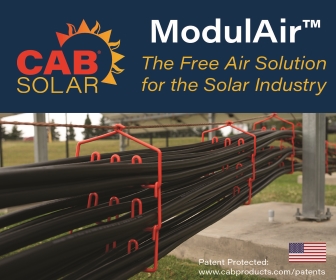Lighting the Way for Solar Panel Manufacturing Start-Ups
Factory start-ups in any industry are never “plug-and-play.” Start-ups in the solar panel manufacturing industry are no exception. Yet problems persist. From conducting haphazard start-up preparation to hiring unqualified technicians, these start-ups can be quickly derailed if proper steps are not followed.
To grow and thrive as solar panel manufacturing start-ups, newcomers would be well served to follow a series of steps that include proper preparation, specifications, qualifications and certifications, production, and sustaining processes.
By following these best practices, new solar panel manufacturing industry entrants can maximize future business opportunities in this rapidly expanding market. The Solar Energy Industries Association has stated that the U.S. solar market has experienced a 24 percent average annual growth over the past ten years.

Starting strong…and smart
There is such a thing as “right” preparation, which is disciplined, intentional, and uncompromised. In a simple analogy, we don’t entrust an expensive sports car to a newly licensed teenage driver on his first day of driving through urban traffic, the expressway, and extreme weather. What are the chances they will commit serious, perhaps even fatal, mistakes?
Extending the analogy, start-up leaders have the keys to a new factory. Have they considered process designs, specifications, and characterization? What about a software infrastructure? And, importantly, have they formulated a plan for sustaining these programs?
In many cases, the answer is ‘no,’ which can lead to operating losses and a lack of customers. But there are ways start-ups can get off on the right foot by paying attention to some key issues. At the outset, new operators need to consider process design, specifications, and characterization. This includes ensuring the proper materials selection and sourcing, equipment design and selection, and operator training and certification.
Additionally, operators must be mindful of the software they plan to use, whether using an enterprise resource planning (ERP), manufacturing execution system (MES), or some other support system.
Rounding out the planning stage, new entrants should consider implementing a sustaining quality control program such as a Six Sigma set of methodologies, a root cause analysis, or an eight-discipline (8D) model for problem-solving. By following a readiness assessment, operators can create a solid foundation for the company.
The Advanced Product Quality Planning (APQP) Process
The APQP process originated with the Big Three automakers in the late 1980s. Applying APQP in solar panel manufacturing startups is likely one of the most effective ways of preparing for its production.

Create the right specifications
Once that foundation has been laid, start-up operators should consider proper specifications. In one of the semiconductor companies I worked with, there was only one rule concerning specifications: “Follow it or change it.” Specifications are adhered to without exception; otherwise, they are changed.

With that in mind, product design specifications hold the manufacturer's reputation. When designed, manufactured, and sold, a product makes the manufacturer liable to guarantee the product's performance, reliability, and safety while in service at the customer’s end. Such is fundamental and foundational not just to business survivability but also to its longevity.
Similarly, when it comes to process specifications, processes, materials, and equipment must carry specifications that match the requirements of the product as designed. These specifications must be formulated by the engineering community of the organization using a variety of standard techniques already available.
To attain this, a team of engineers must undergo a Process Characterization Review (PCR). The PCR aims to improve first-pass yield on product/process introduction and eliminate yield crashes during production due to process problems or step interactions between materials and equipment, including software failures.
The PCR process is complex and demands serious time from engineers, but this is an essential step in factory start-ups for failure prevention.
A Firsthand Perspective
Below is an example of an actual APQP chart from a project done in a semiconductor factory in the Philipines.

The right equipment and people
So, you’ve prepared for success and run through your specifications. Next, you need to think about the equipment in the factory and the people who operate that equipment. This goes to the heart of qualifications and certifications.
Using poorly designed or uncertified machines is a big mistake. Because automated equipment is so fast, it can make defective products quickly to the detriment of business and customers. But there are safeguards in place. Like the PCR process, equipment acquisition follows five level reviews: Equipment Procurement Review (EPR) 1 through 5. Once the machines are fabricated, tested, and certified, they can be used in the facility.
Next, start-ups also need to ensure the employees are qualified. To qualify, each worker—production operators, technicians, engineers, and line supervisors—must initially undergo written and practical tests, especially those without related work experiences. The factory training department must formulate and strictly implement these tests for prospective workers.
After qualification, these employees must undergo what is known as “operatorship.” This means that engineers, technicians, and production operators must do the job of the production operators from start to finish.
Pay attention to solar “foods” and the environment
Solar materials—like perishable foods—have shelf lives. Put simply, materials are to the factory what food is to our bodies. And very often, the solar “foods” have expired. Expired materials—accelerated by other environmental factors—can lead to production shutdowns when a stock-out occurs, even with simple parts like screws and tapes.
To address this issue, operators must be proficient in three types of materials: direct materials, which become part of the end product; indirect materials needed in production, like packaging and shipping, which are separate from the product; and other non-production materials necessary to keep the factory running. The first two areas require strict qualification and certification, while the third one can be procured at will as needed.
By paying attention to the environment in their start-up, operators can avoid costly shutdowns.
Production begins, key findings documented
Start-ups are often tempted to ramp up rapidly. Resisting that urge and following a gradual stage-by-stage production ramp is essential. The factory is ready to roll only after management documents and officially approves a production readiness report.
Production must start strategically in such a way as to allow gradual learning. To achieve this, starting with a single dominant product type is best. The ramp plan must be in stages, rising in volume over time, with stabilization phases every after a ramp stage.
During every stabilization phase, all learnings must be documented: What worked? What didn’t work? What adjustments are needed? Determine yields and cost trends and gather all observations. In short, learn, learn, and learn some more.

Sustainability is key
Once the factory is up and running, some operators must remember to establish sustaining programs critical to the company's health. Such programs are necessary for the factory to become healthy, efficient, cost-effective, and profitable.
Some programs—notably Six Sigma and the 8D model—were noted in the preparation phase as part of the overall readiness assessment. With factory operations underway, it will be crucial for company leaders to put these in-house sustaining programs to work.
Some other valuable programs include lean manufacturing methodology, which minimizes non-value-added activities in the line, and statistical process control, which uses statistical techniques to control a process or production method.
New product introductions
Some start-ups need to pay more attention to the value of new product introductions (NPIs) as part of their business plan. However, an NPI must continue for any thriving industry, including solar panel start-ups. NPIs are an extension of the company's research and development program, as new products are the way to the factory's future.
Using new manufacturing methodologies, products evolve with new models, technologies, and processes. Materials get replaced, improved, changed, and modified. Customer preferences also get updated over time. Changes are also driven by pricing pressures as well as market-driven competition.
There’s no question that solar panel manufacturing start-ups face several challenges as they enter a competitive market in 2024 and beyond. But by following these techniques, they may discover a brighter business path.
Noel R. Cena has been an international manufacturing operations professional for over four decades. From 2006-2010, he served as Solar Module Manufacturing Operations director for SunPower Corp.’s Philippines plant, overseeing the recruitment and formation of start-up teams. For the last ten years, he has been a senior consultant to several start-up solar manufacturing facilities in the Philippines. He. can be reached at [email protected].
Author: Noel R. Cena












